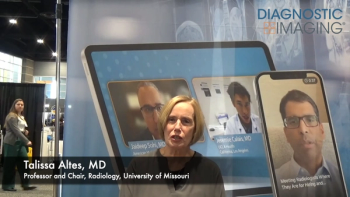
Latest L&H CEO steps down as bankruptcy restructuring begins
After just six months at the helm of Lernout & Hauspie-a tumultuous six months that included a hair-raising trek to Korea to recover $100 million in missing corporate funds-John Duerden has called it quits. L&H has appointed Philippe Bodson,
After just six months at the helm of Lernout & Hauspie-a tumultuous six months that included a hair-raising trek to Korea to recover $100 million in missing corporate funds-John Duerden has called it quits. L&H has appointed Philippe Bodson, formerly head of the Belgian utility firm Tractebel, to fill the vacancy because of his strong ties to the financial community. Duerden remains on the L&H board of directors, while company cofounder Jo Lernout has stepped down from the board. Lernout will continue as chief technology officer, however.
Duerden was named CEO last August after Gaston Bastiaens resigned amid accusations of financial improprieties by L&H management (HNN 9/6/00). Those allegations have since been substantiated; an auditor's report released in December concluded that senior executives at the Belgian voice recognition technology provider had conspired to hide and falsify information, overstate operating results, and inflate the company's stock price for personal benefit. In addition, an internal investigation by the firm found that some $277 million in revenue over the past two and a half years may have been overstated.
In his short stint as CEO, Duerden tried hard to put a positive spin on the company's prospects for the future. When L&H was forced to file for Chapter 11 bankruptcy last November, he told reporters at a news conference, "It's time for a new beginning and time for a new Lernout & Hauspie." And in early January, he forecast that the firm would realize at least $380 million in revenue for 2000, up from $344 million in 1999, and be "cash flow positive" by next year. He also said the company should report an operating loss of $25 million this year, smaller than the expected loss for 2000.
Duerden's optimism apparently hit a wall, however. The company gave no explanation for his decision to resign, but he is leaving just as L&H is embarking on a massive restructuring effort as part of its bankruptcy protection plan, which has been granted in both the U.S. and Belgium. The company plans to cut 1200 jobs (about 20% of its workforce), shut down operations in South Korea, and withdraw from the retail market. The reorganization is expected to take up to 18 months to complete.
In the meantime, L&H faces a number of potential firing squads. The company has been named in several shareholder lawsuits, is undergoing investigation by the U.S. Securities and Exchange Commission and the Easdaq stock exchange, and has seen all trading of its stock halted indefinitely by both Easdaq and Nasdaq.
A savior may be waiting in the wings, however. A lawyer for L&H told a bankruptcy judge earlier this month that the company had received "expressions of interest" about the purchase of certain assets. Reports suggest that Royal Philips Electronics is interested in acquiring some or all of L&H, although the two companies have yet to hold any formal talks. In addition, there is speculation that Daimler Chrysler is eyeing parts of L&H as well.
Newsletter
Stay at the forefront of radiology with the Diagnostic Imaging newsletter, delivering the latest news, clinical insights, and imaging advancements for today’s radiologists.




























